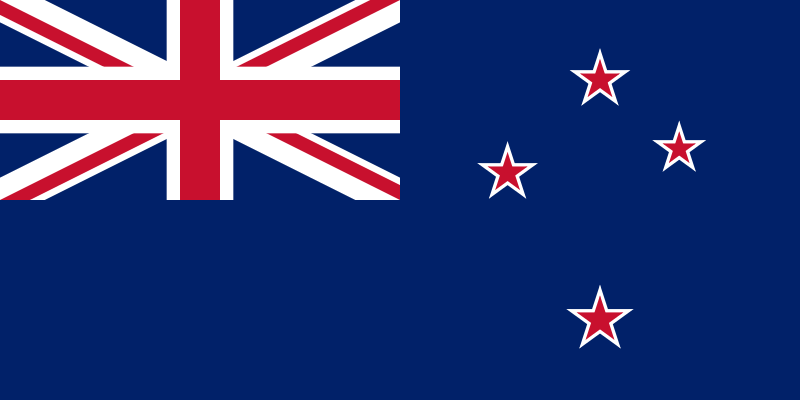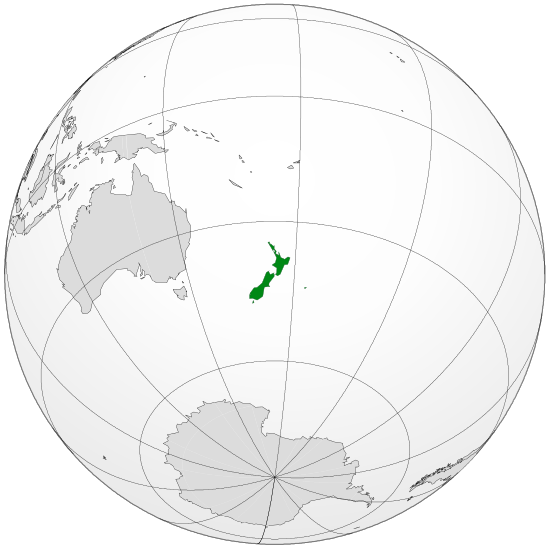 New Zealand is an island country in the south-western Pacific Ocean comprising two main landmasses (the North Island and the South Island), and numerous smaller islands, most notably Stewart Island/Rakiura and the Chatham Islands.
New Zealand is an island country in the south-western Pacific Ocean comprising two main landmasses (the North Island and the South Island), and numerous smaller islands, most notably Stewart Island/Rakiura and the Chatham Islands.
The indigenous Māori language name for New Zealand is Aotearoa, commonly translated as The Land of the Long White Cloud. The Realm of New Zealand also includes the Cook Islands and Niue (self-governing but in free association); Tokelau; and the Ross Dependency (New Zealand’s territorial claim in Antarctica).
New Zealand is notable for its geographic isolation: it is situated about 2,000 kilometres (1,200 mi) southeast of Australia across the Tasman Sea, and its closest neighbours to the north are New Caledonia, Fiji and Tonga.
During its long isolation New Zealand developed a distinctive fauna dominated by birds, a number of which became extinct after the arrival of humans and the mammals they introduced.
The majority of New Zealand’s population is of European descent; the indigenous Māori are the largest minority. Asians and non-Māori Polynesians are also significant minority groups, especially in urban areas. The most commonly spoken language is English.
New Zealand is a developed country that ranks highly in international comparisons on many topics, including education, economic freedom, and lack of corruption. Its cities also consistently rank among the world’s most livable.
Elizabeth II, as the Queen of New Zealand, is the country’s head of state and is represented by a Governor-General, and executive political power is exercised by the Cabinet of New Zealand.

Notes from Wikipedia








